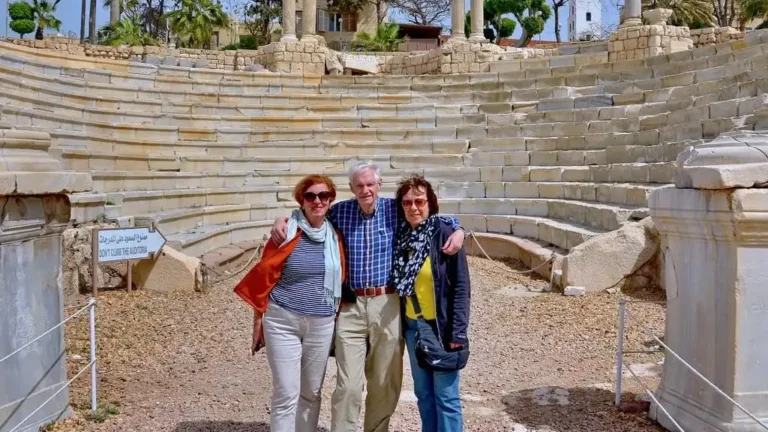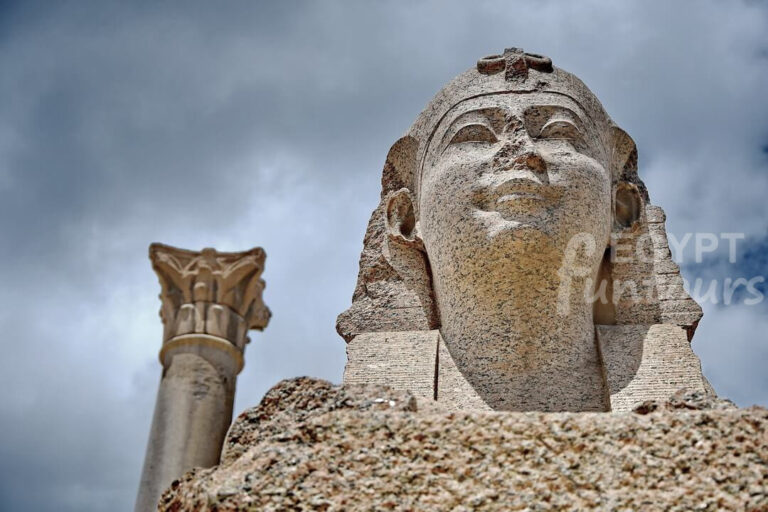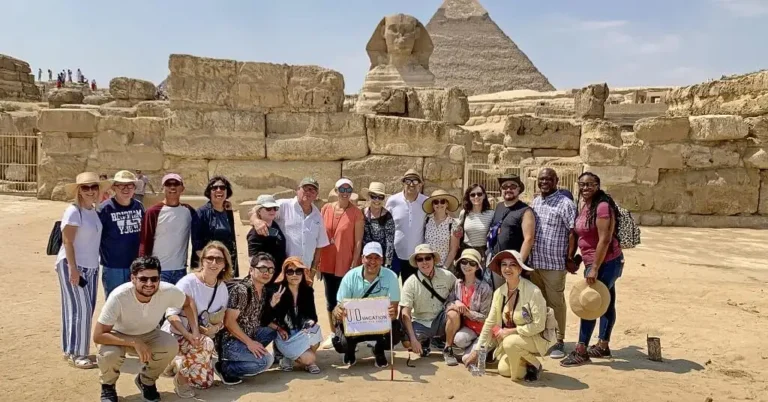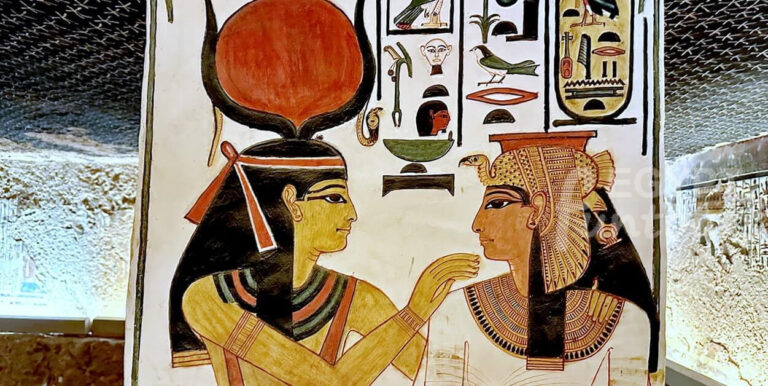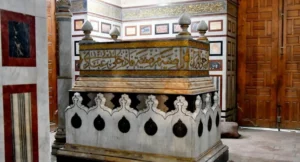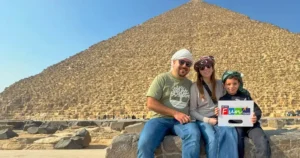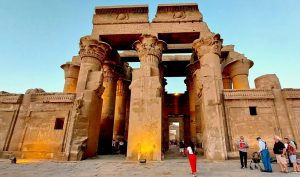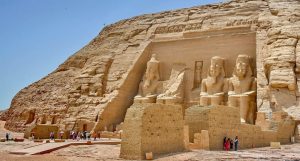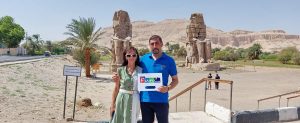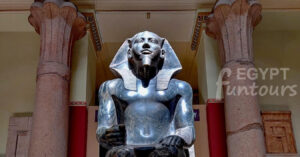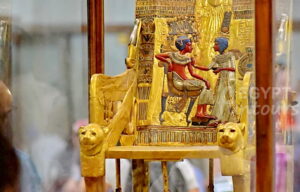God Amun
The Hidden One Revealed: A Comprehensive Guide to the God Amun. Amun, whose name means “the hidden one,” rose from a local Theban deity to become the king of the gods, Amun-Ra. His power was centered at the vast Karnak Temple, and his worship spread across Egypt and beyond. He remains a key figure in understanding ancient Egyptian power and belief.
The Rise of a Supreme Deity
Ancient Egyptian mythology is a complex tapestry of gods and beliefs. Few deities achieved the supreme status of the god Amun. Amun, whose name means “the hidden one,” began as a local deity in Thebes. Over time, his influence grew. He became one of the most powerful gods in the Egyptian pantheon. His rise to prominence reflects the political and religious changes of the New Kingdom.
God Amun: Origins and Theban Roots
Amun’s story starts in the city of Thebes. He was originally a minor local deity of the air and fertility. His importance grew alongside the city itself. When the Theban pharaohs came to power in the Middle Kingdom, they elevated their local god. Amun became a national deity. He represented the royal family’s power. His worship spread across Egypt.
Thebes became the religious capital of Egypt. Amun’s temple, Karnak, grew into a massive complex. It was the largest religious building in the world. Priests of Amun held immense power and wealth. They managed vast land holdings. They influenced royal policy. Amun’s rise was a story of a local god becoming a universal king.
Amun-Ra: The Fusion of Two Powers

Amun’s ultimate power came from a brilliant religious innovation. He merged with the sun god Ra. Ra was the ancient and revered king of the gods. The new combined deity was named Amun-Ra. This fusion was a stroke of genius. It combined Amun’s widespread popularity with Ra’s cosmic authority.
Amun-Ra was now the king of all gods. He was the creator god. He was the lord of the universe. This powerful combination gave the pharaohs a divine justification for their rule. The pharaoh was the son of Amun-Ra. This divine lineage gave the king absolute authority. The cult of Amun-Ra dominated Egyptian religion for centuries.
The “Hidden One”: Amun’s Mystical Nature
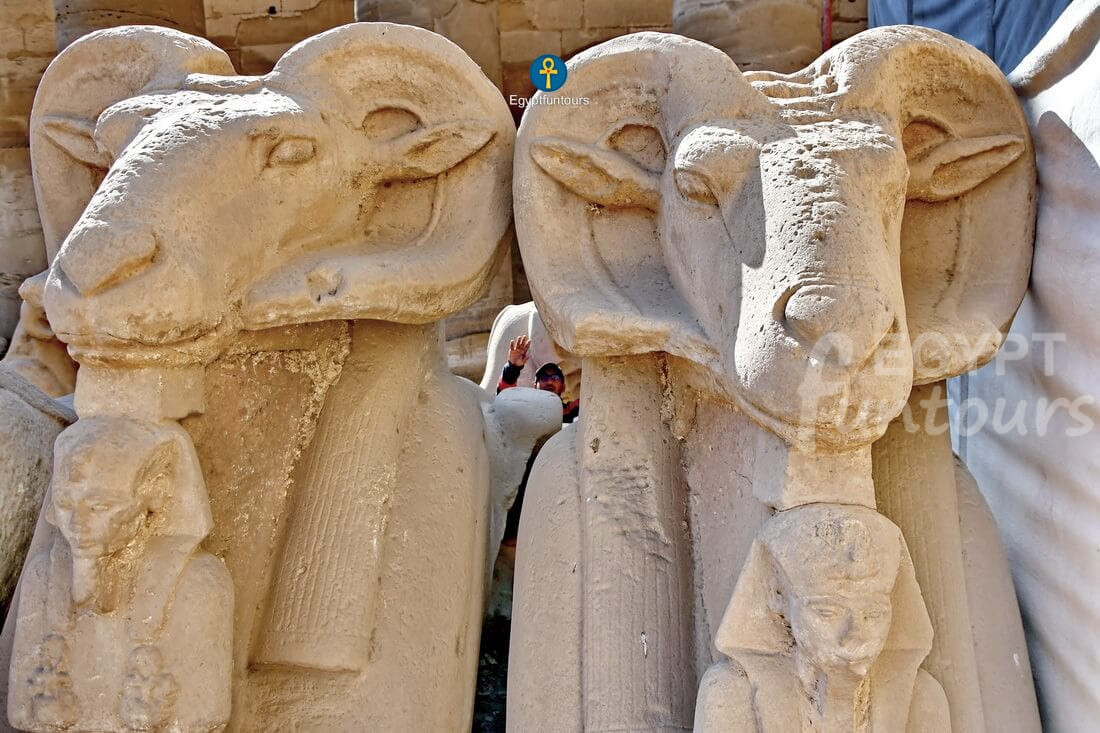
The name of God Amun, “the hidden one,” is key to his nature. He was a creator god, but he remained unseen and was an abstract force. Amun existed beyond human comprehension. This mystical quality made him a powerful concept. His presence was everywhere, yet he was nowhere. This idea allowed him to assimilate other gods. He could be everything at once. He was the air we breathe and the sun that gives life. Amun was the hidden force behind all creation. His invisibility made him the ultimate power.
Depictions and Symbols of God Amun
Artists most often portrayed Amun as a man. He had a crown with two tall plumes. He wore a simple kilt. His skin was sometimes painted blue. The blue color represented the sky and his cosmic nature. He held a scepter and an ankh. The ankh was the symbol of life.
Another common depiction showed Amun with a ram’s head. The ram symbolized fertility and creation. The ram’s horns often curled around his ears. Amun’s sacred animals included the ram and the goose. These animals were protected in his temples.
Temple of Karnak: The House of God Amun
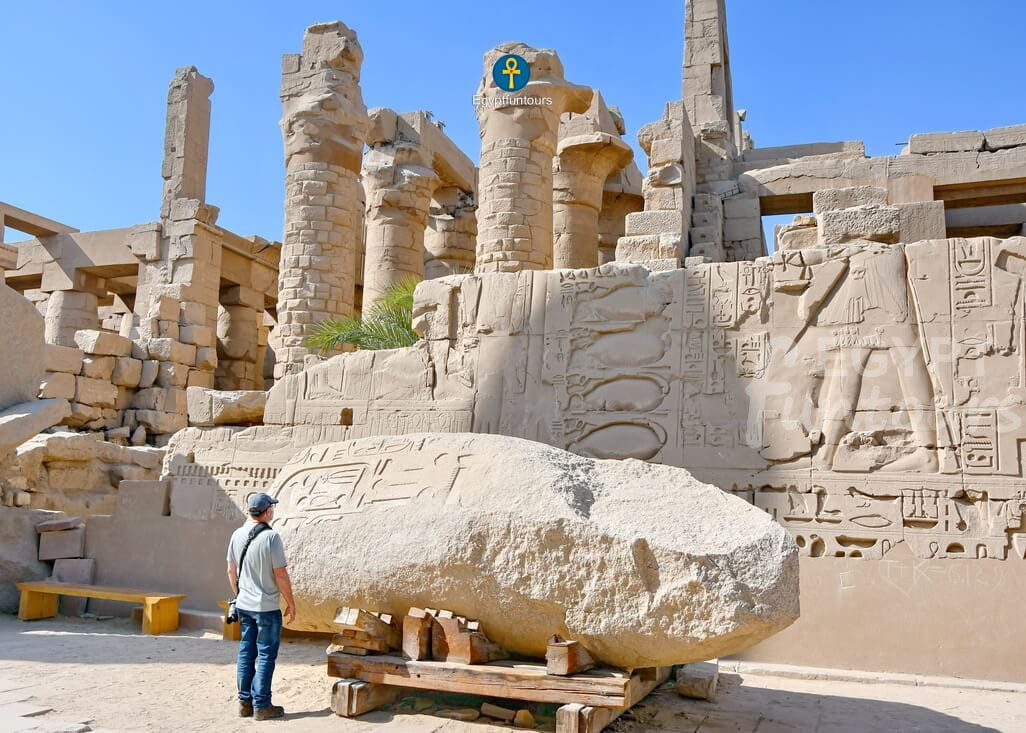
Karnak was the center of Amun’s worship. It was more than a temple. Karnak was a city of gods. It had massive halls, towering obelisks, and sacred lakes. The Great Hypostyle Hall was an architectural marvel. It had 134 colossal columns. The pharaohs added to it for generations. Each addition showed their devotion to Amun.
The Karnak Temple was a place of rituals and festivals. The most important was the Opet Festival. This festival celebrated the union of Amun-Ra with the pharaoh. A grand procession carried the statues of Amun, Mut, and Khonsu. They traveled from Karnak to Luxor Temple. The festival reinforced the pharaoh’s divine rule.
Amarna Period: A Challenge to The Amunism
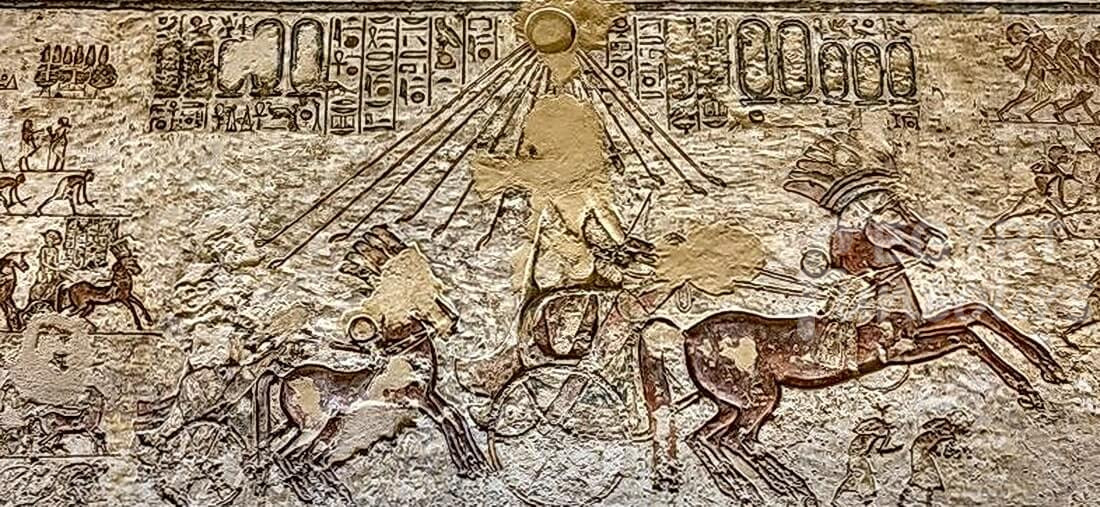
The power of God Amun was not without challenges. During the reign of Akhenaten, the cult of Amun faced a crisis. Akhenaten rejected the traditional gods. He introduced a new, monotheistic religion and worshiped only the sun disk, the Aten. He moved the capital away from Thebes.
Akhenaten erased Amun’s name from monuments. He closed his temples. He tried to dismantle Amun’s priesthood. This religious revolution was a dramatic break from tradition. However, it did not last. After Akhenaten’s death, the old religion was restored. The cult of Amun-Ra returned stronger than ever.
God Amun’s Legacy Beyond Egypt
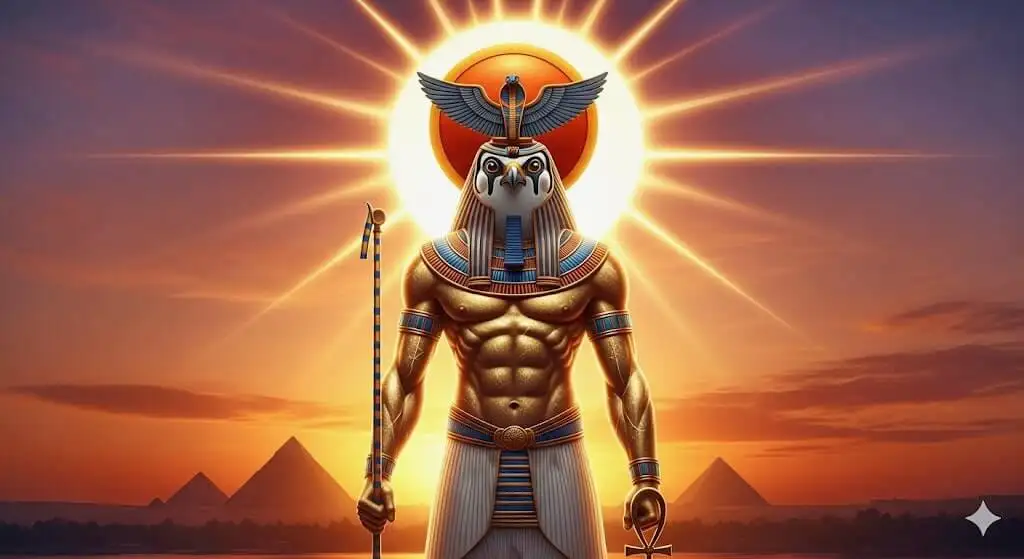
The influence of god Amun spread beyond Egypt’s borders. The Greeks and Romans identified him with their own supreme gods. They called him Zeus-Ammon or Jupiter-Ammon. His oracle at the Siwa Oasis became famous. Alexander the Great consulted the oracle. He sought confirmation of his divine right to rule.
Amun’s power continued long after the pharaohs. His name and worship influenced later cultures. His story is one of an obscure god rising to unimaginable heights. Amun was a symbol of both political power and spiritual mystery. He was the “hidden one” who revealed the true nature of Egyptian religion. He remains a key figure in understanding ancient Egypt’s enduring legacy.
God Amun as a Goose
The Hidden One Revealed: A Comprehensive Guide to the God Amun, Exploring His Rise to Supremacy and Enduring Legacy. In the complex and ever-changing pantheon of ancient Egyptian deities, few gods experienced a rise to power as dramatic and significant as Amun. From humble beginnings as a local patron god of the city of Thebes, Amun’s influence expanded to encompass the entire kingdom, culminating in his revered status as a supreme, national deity.
His name, “the hidden one,” hints at his enigmatic nature and a power that transcended earthly boundaries. This article will delve into the remarkable journey of Amun, from his early worship and his transformative fusion with the sun god Ra to his reign as the king of the gods and the challenges that tested his ultimate authority. We will explore his diverse roles, his sacred symbols, and the grand temples built in his honor, revealing how his cult shaped ancient Egyptian religion and politics for over a thousand years.


